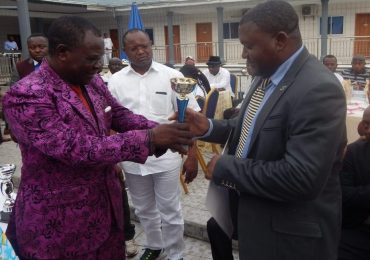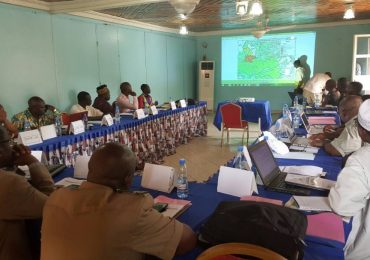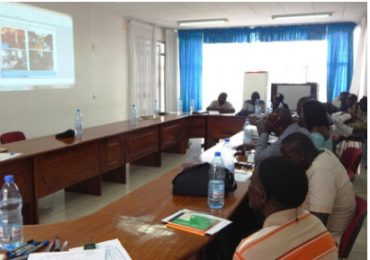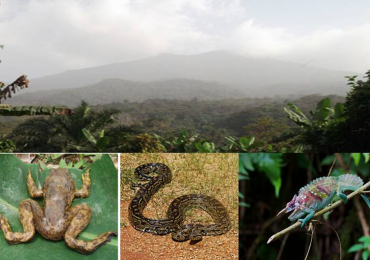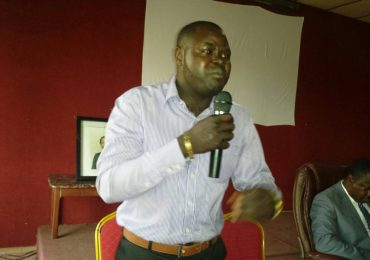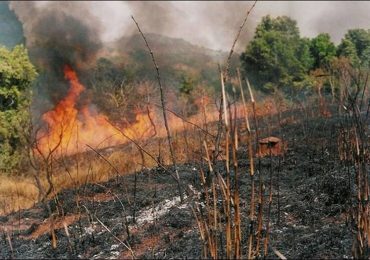Good management of water is especially challenging due to some of its unique characteristics: it is unevenly distributed in time and space, the hydrological cycle is highly complex and perturbations have multiple effects. Rapid urbanization, pollution and climate change threaten the resource while demands for water are increasing in order to satisfy the needs of a growing world population, now at about nine billion people, for food production, energy, industrial and domestic uses. Water is a shared resource and its management needs to take into account a wide variety of conflicting interests. This provides opportunities for cooperation among users.
An international day to celebrate freshwater was recommended at the 1992 United Nations Conference on Environment and Development (UNCED). The United Nations General Assembly responded by designating 22 March 1993 as the first World Water Day.
In December 2010, the United Nations General Assembly declared 2013 as the United Nations International Year of Water Cooperation (Resolution A/RES/65/154). In reflection of this declaration, the 2013 World Water Day, which took place on 22 March 2013, was also dedicated to water cooperation. Each year, World Water Day highlights a specific aspect of freshwater. World Water Day is held annually on 22 March as a means of focusing attention on the importance of freshwater and advocating for the sustainable management of freshwater resources. In designating 2013 as the UN International Year of Water Cooperation, the UN General Assembly recognizes that cooperation is essential to strike a balance between the different needs and priorities and share this precious resource equitably, using water as an instrument of peace. Promoting water cooperation implies an interdisciplinary approach bringing in cultural, educational and scientific factors, as well as religious, ethical, social, political, legal, institutional and economic dimensions.
The objective of this International Year is to raise awareness, both on the potential for increased cooperation, and on the challenges facing water management in light of the increased demand for water access, allocation and services. The Year is also highlighting the history of successful water cooperation initiatives, as well as identifying burning issues on water education, water diplomacy, trans-boundary water management, financing cooperation, national/international legal frameworks, and the linkages with the Millennium Development Goals. It also provides an opportunity to capitalize on the momentum created at the United Nations Conference on Sustainable Development (Rio+20), and to support the formulation of new objectives that will contribute towards developing water resources that are truly sustainable.
In concluding the March 2013 Abidjan Meeting of African Ministers of Economy, Finance and Development Planning, to which Cameroon is a member, they concluded that “No emergence without energy or water”. We are very confident that in declaring Cameroon’s 2035 Vision, the Head of State had this in mind. This is being translated in Cameroon with the structural transformation taking place in the Ministry of Water Resources and Energy and on the ground through the current realisation of the numerous constructions of reservoirs namely Mekim, Lom Pangar and Memve’ele and also the celebration annually in Cameroon of the World Water Day.
The Cameroon’s government commitment is also reflected through the new organisational chart in the Ministry of Water Resources and Energy (MINEE). The new organisational chart of MINEE has given rise to two new Departments of Water Mobilisation and Water Management. While Cameroonians laud these new initiatives at the structural level, the impact of this re-organisation is still to be felt at the level of households in terms of supply of potable water and for farming. In 2012, MINEE seemed to have made a very insignificant progress towards meeting the total water demand of Cameroonians. This is reflected in the inability of the MINEE to declare its total investment budget in the water sector.
At the installation of its new Secretary General in 2013, MINEE declared that Cameroon is undergoing a serious deficit in water and electricity supply in spite of the numerous government efforts. The creation of the Cameroon Water Corporation (CAMWATER) and the Camerounaise des Eaux (CDE) has not helped the situation. Everywhere in Cameroon, from the villages to the urban towns there is a cry for water shortage. Water shortage is affecting everybody from households through government services to the industry. This water shortage is also seriously affecting the energy sector, the health sector, education sector and our industries through reduction in industrial outputs and increased redundancies. The deficit in the water sector is also reflected in the very insignificant amounts (5 billion francs cfa) MINEE seems to be spending to support the Water Sector for a global envelop of 400 billion francs cfa.
As an observer in the Cameroon’s water and energy sector, the serious absence of cooperation between the various users in the Cameroon Water Sector is responsible for this serious water shortage. While there is a strong cooperation between the State and state-owned water corporations, such cooperation is unfortunately absent between the State, her water corporations on the one part, and the upstream water users (indigenous communities) on the other hand. The upstream watershed users have never been involved in water management in Cameroon.
The Third Sector (NGOs) has also been neglected in water management. Water management in Cameroon has been limited to the management of the physical flow and storage of water and NEVER its watershed and the people who use these watersheds. Conducting an analysis of the four major hydro-geological basins of Cameroon has shown that all of these basins have been completely neglected by the government of Cameroon and by extension MINEE.
These basins have been almost completely destroyed and degraded, yet the government is not concerned about that but just looking at the physical flow of water. It is at this point that the Water Cooperation Model of Cameroon is seriously handicapped. Linking the users to managers should now be seriously considered by MINEE. This could be achieved through the development of favourable mechanisms such as the “Payment for Ecosystems Services (PES)”. While the government of Cameroon has put in place already similar mechanisms in the Ministry of Forestry and Wildlife (e.g the Forestry and Wildlife Development Funds), the Environment Fund in the Ministry of Environment, Protection of Nature and Sustainable Development and the Rural Energy Fund in the Ministry of Water Resources and Energy, the Water Sector is hence lacking such a mechanism.
The implementation of PES Model in Cameroon would need the creation of the Rural Water Fund that will link the upstream users (watershed/water catchment users) of water to the downstream (town based) users of water. The Rural Water Fund would not only increase the effectiveness of the watershed management by the Third Sector (NGOs) but will also significantly involve the indigenous communities in the efficient and effective long term sustainable management of the Cameroon’s Water Sector. The funding of the PES Model and the Rural Water Fund would come primarily from the urban water users (households, Municipalities, CAMWATER, CDE and Industry) who are the primary consumers of water. The Environment and Rural Development Foundation (ERuDeF) is strongly urging the MINEE to create within its Water Management Department, the PES Model and hence the Rural Water Fund.
The plan by CAMWATER to increase water supply in Cameroon up to 70% by 2014 will just be an allusion if an effective water cooperation model is not developed and implemented jointly by the MINEE, CAMWATER and the Third Sector (NGOs). It is at this critical point that MINEE needs to work with the National Assembly and Senate in the formulation of new policies in 2013 that will increase the water cooperation model in the country.
Successful water cooperation models from Southern America and Asia could be adapted to the Cameroon situation. And so, this is the essence of the International Year of Water Cooperation to strengthen cooperation not just between countries (trans-boundary) but also within the various stakeholders in-country.
Louis Nkembi



